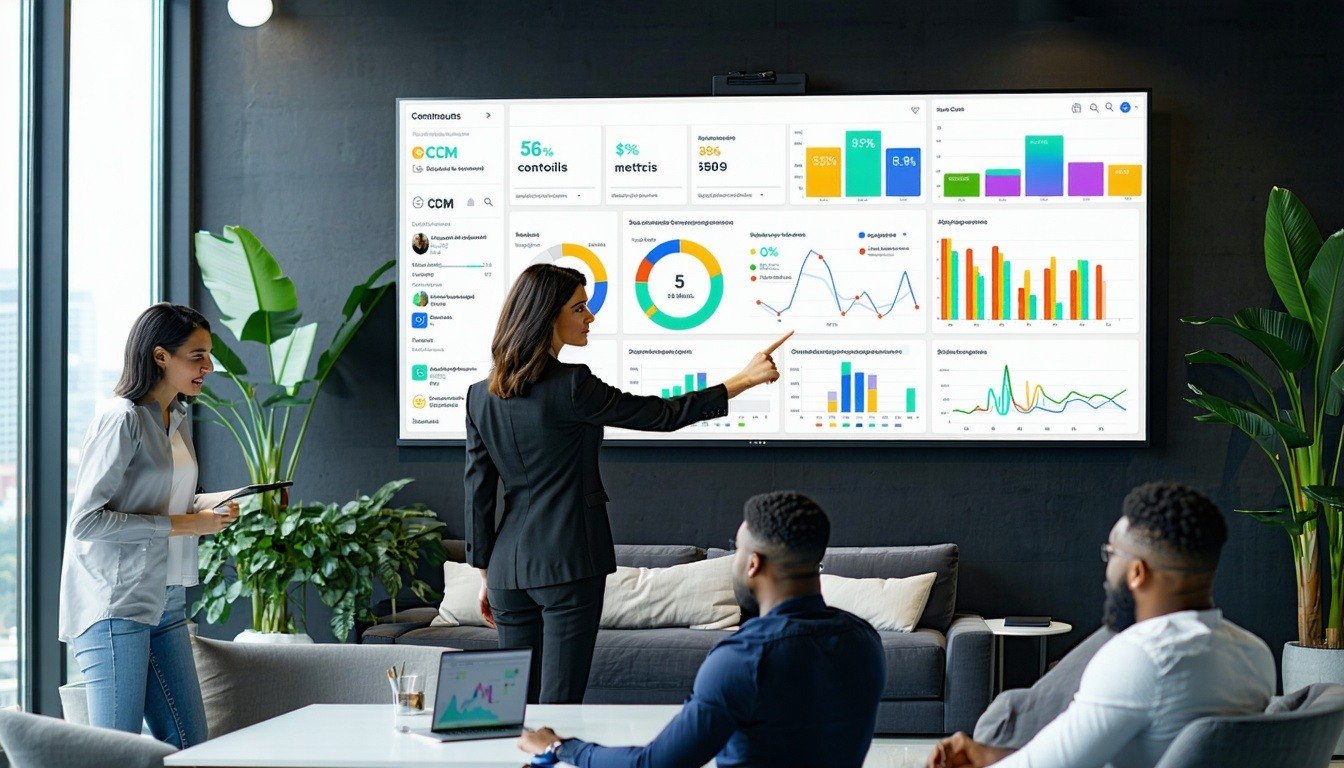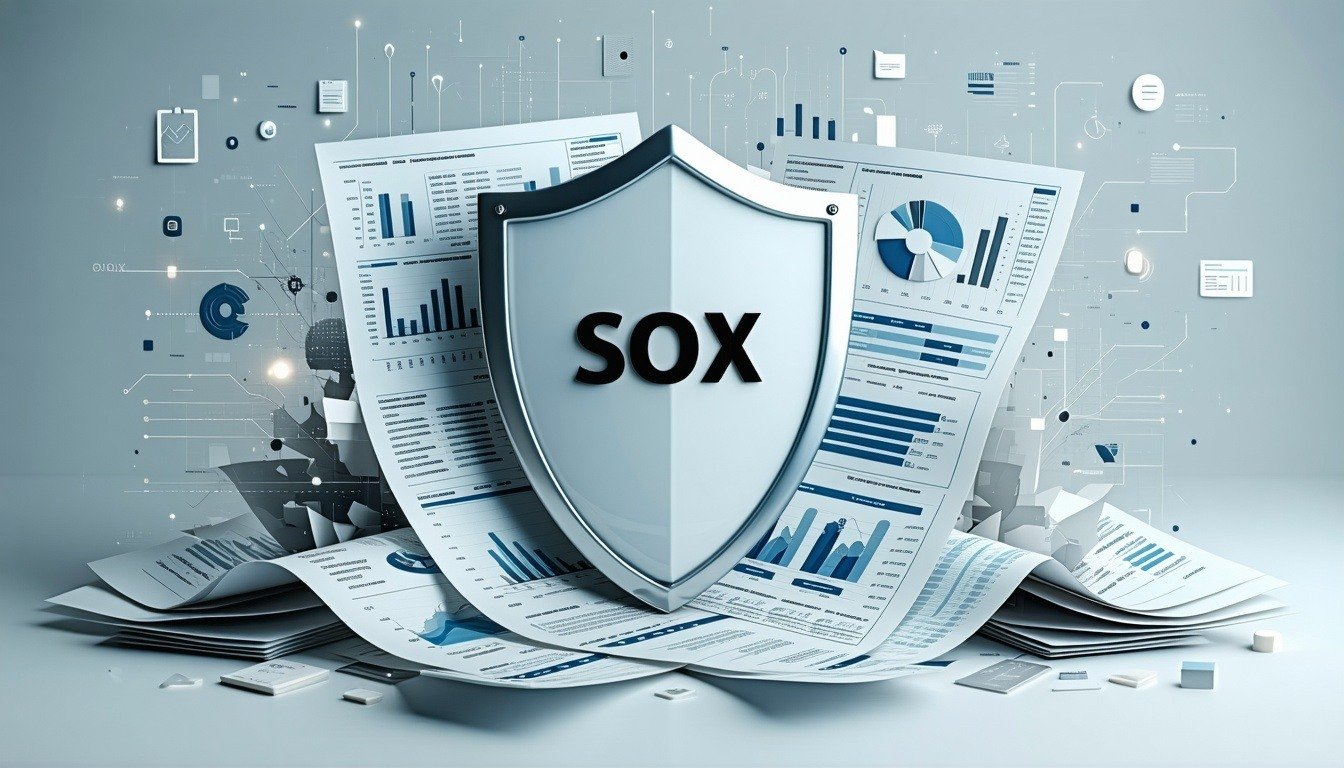What is Continuous Controls Monitoring (CCM) and how is it different than what Supervizor does?
As a concept, Continuous Controls Monitoring (CCM) has been around for more than two decades and rep...

When automating their controls, companies save time, increase efficiency, and ensure compliance with anti-fraud regulations.
Companies that have started controls automation are using two main approaches: either code-based analytics through a software solution or choosing already coded pre-set controls from a provider.
In this article, we go through the two different approaches with their related advantages & disadvantages.
The first approach is coding controls internally, meaning that companies create their own controls via an IT team, or through known software tools such as Diligent, previously ACL, and Oversight, which could be compared to empty toolboxes designed to code specific controls according to their risk mapping.
In-house analytics software analyzes 100% of the transactions in companies’ ERP systems rather than conducting controls manually based on sampling methods. Companies can code the controls they need, depending on their infrastructure and organization.
Moreover, the solution enables the 1st line of defense to test and fix issues related to controls, on the platform itself, while automating manual and repetitive processes.
In-house analytics require coding & IT resources, together with operational skills for the project to be up and running. This is proven to be costly for companies, thus a study made by Supervizor shows that companies that automate 50 controls have an average cost of $600k annually.
Consequently, the project implementation takes a considerable amount of time, as on average, the time to deliver from the start of the project is a minimum of 2 years, with no real guarantee that it will work. Several large companies invested a tremendous amount of time & resources in similar projects without effective solutions, in the end, leading them in searching again for new approaches.
Finally, companies automate only the controls they know they need, however, what about the uncovered & unknown risk area?
The second approach to controls automation is choosing a software company with pre-set control catalogs, directly applicable on the ERP systems, from which companies select the controls that fit their company best while paying only the fixed annual license fee.
Same as in house-analytics, software companies analyze 100% of the data which can also be stored either internally or on the cloud.
Users benefit from the plug & play technology, that gets plugged on whichever single or multiple ERPs they are using. This type of technology has been trained to recognize all accounting schemes independently from the nature, sector, or even country of the company. The data is cleaned and enriched since the technology automatically scans the transactions, recognizes all unusual accounting schemes, and then applies pre-set control points. On that account, the solution is continuously enriched with new types of accounting practices, helping top companies stay on top of international and local regulation changes. Hence this approach is much cheaper and no IT skills or consultants are required since companies just choose the number of controls they need from the catalog and pay the software license rather than coding them themselves.
The time to deliver is significantly low: just a few days to set up the solution, offering a huge advantage over the first approach.
Another added value is the availability of a customer service team at the client’s disposal for all types of services: training, workshops, personalization, constant enrichment, and updates of the solution and with any type of difficulties encountered when using the software. This ensures that both the scope and the quality of controls and the solution itself are always evolving and enriched, based on the demand of the market.
On top of that, companies can use the analytics module to code their own and specific controls but on clean and enriched data, which makes it easier than in the first method mentioned.
With the increasing fines the SEC is recording each year and the acceleration of digital & remote audits, there is no doubt that many new companies on the US market, such as Supervizor, will offer innovative solutions to improve the accuracy of companies’ financial statements.

March 6, 2025
As a concept, Continuous Controls Monitoring (CCM) has been around for more than two decades and rep...

March 27, 2025
If you’re a CAE or lead an internal audit team, chances are you found yourself at the Gaylord Resort...

March 23, 2022
If you ask someone what they think of SOX, you’ll likely spark the age-old feud between the New York...